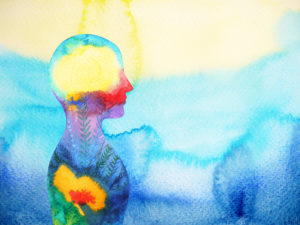By Melanie Turner
It seems that everywhere you turn at the moment you hear the term “Mindfulness” but what does it really mean and how can it help?
Mindfulness is about learning to tune into the present moment to deepen our sense of well-being and to get the most out of our lives. We learn to do this with an attitude of openness and a non-judgemental acceptance of our experience, whatever that may be.
The beauty of Mindfulness is that it engages all of our senses, so every moment is an opportunity to practice. This also means that it is accessible to all of us.
You probably have experienced Mindfulness in your life already: being engaged in a meaningful conversation with a friend or loved one, being in nature, playing with your dog, all times in your life when you have been truly invested in your experience.
Unfortunately this is not our usual mode of operation. Often we are caught up in our ‘busy’ minds, either thinking about the past (of which we cannot change) or worrying about the future (which often may not happen). This takes us away from being truly ‘present’ in each moment of our lives. It takes us away from loved ones, can make us miss deadlines at work and can cause unnecessary stress.
Learning to be ‘mindful’ takes practice. Just as if you would train your body to compete in the Olympics, we need to train our mind to be more present.
The science backs this up. The more we repeat action, including deliberately bringing the mind back to the present moment when we notice it has wandered, we create new neural pathways in our brains. Over time, this makes it easier for us to be present in whatever we are doing. Imagine the benefits in the workplace and in personal relationships if we were able to pay more attention.
This is where a qualified Mindfulness professional can help, by providing the support and skills you need to increase your ability to be more mindful and present in your everyday life.
Try this technique that will only take a few moments and see what you notice:
STOP
S – stop what you are doing, put things down for a moment
T – take a few deep breaths (if you have time, follow the breath in and out for a minute, even saying “breathing in, breathing out” if it helps your concentration.
O – observe this experience just as it is, noticing thoughts, feelings and emotions that come up. You may even notice sensations in the body (aches, pains etc).
P – proceed with something that makes you feel supported in this moment, coffee with a friend, taking a walk etc.
See if you can view this as a little experiment and be curious about your experience. If you wish you could use this technique multiple times throughout the day. Give yourself this opportunity to pause and step out of the automaticity of your daily life.
You never know what you might be missing.

